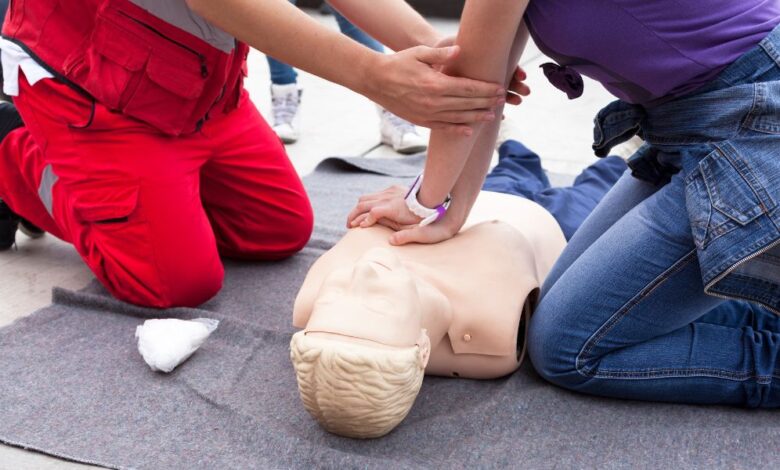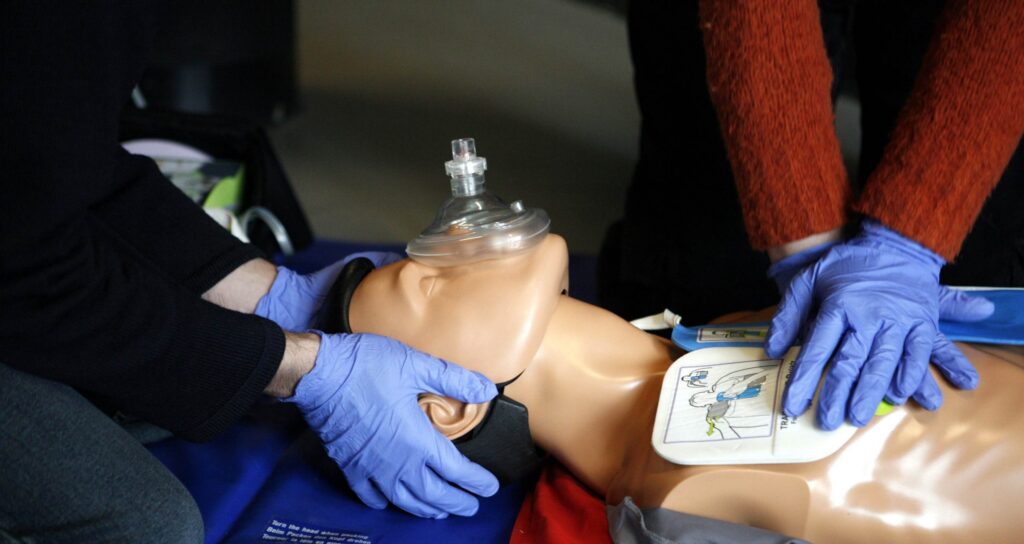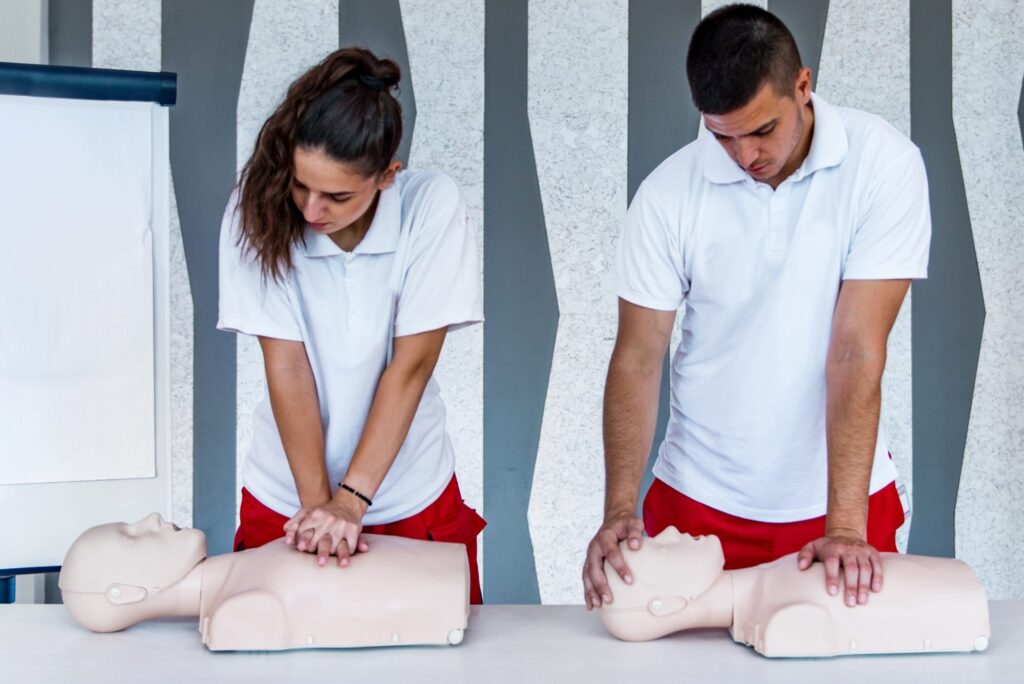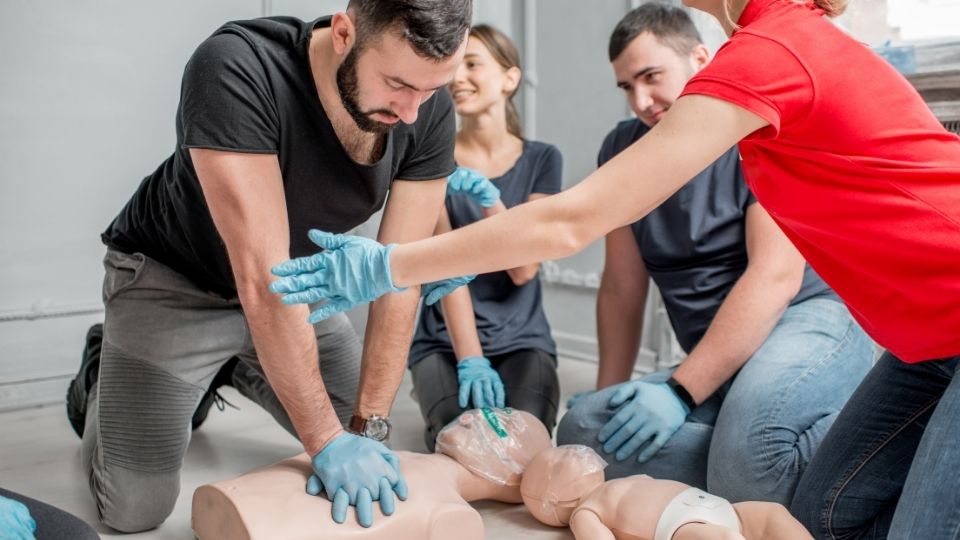CPR Education Unveiled: What Do You Learn in Class

Cardiopulmonary Resuscitation is a life-saving skill that can make the difference between life and death in critical situations. CPR education is widely available, and many individuals take courses to gain the knowledge and confidence needed to respond effectively during emergencies. But what exactly do you learn in a CPR class? In this article, we’ll take a closer look at the essential components of CPR education.
Understanding the Basics of CPR

In classes, students start by learning the fundamental concepts of CPR. This includes understanding the importance of immediate intervention, recognizing the signs of cardiac arrest, and grasping the underlying physiology of the heart and lungs during an emergency.
Assessing the Situation
Students are taught how to assess the situation before administering CPR. This involves ensuring the scene is safe for both the rescuer and the victim and checking for responsiveness and breathing in the victim.
Calling for Help
When a cardiac arrest is suspected, CPR lessons emphasize the significance of dialing 911 or other emergency services as soon as feasible. For the greatest result, prompt expert assistance is essential.
Performing Chest Compressions

Hands-on training is a key component of CPR education. Students learn how to perform chest compressions effectively. This includes proper hand placement, the correct rate of compressions (typically 100-120 per minute), and achieving the appropriate depth.
Delivering Rescue Breaths
Depending on the specific CPR guidelines being taught, students may also learn how to provide rescue breaths. This involves understanding the importance of maintaining an open airway and delivering breaths with the right technique.
Using an Automated External Defibrillator (AED)
The use of an AED, a machine that can assess a victim’s cardiac rhythm and, if necessary, provide an electric shock to restore normal heart rhythm, is covered in many classes. Students gain knowledge of safe and efficient AED use.
Practicing on Mannequins

Hands-on practice is crucial for gaining confidence in performing CPR. Students practice chest compressions, rescue breaths, and AED use on mannequins, allowing them to develop the necessary muscle memory and skills.
Learning Infant and Child CPR
Classes often cover techniques for infants and children, as their needs differ from those of adults. This includes adjustments in hand placement, compression depth, and the ratio of compressions to breaths. For more information on CPR and first aid certifications, you can visit https://cprcertificationnow.com/collections/cpr-and-first-aid-certifications.
This resource can help you find the right certification course to ensure you’re well-prepared to respond to emergencies involving individuals of all ages.
Gaining Confidence
Throughout the course, students gain confidence in their ability to respond to emergencies. Instructors provide feedback and guidance to ensure students are performing it correctly.
Certification

Finally, many classes offer certification upon successful completion. This certification is typically valid for two years, and it serves as evidence that the individual is trained and competent in CPR.
Conclusion
In conclusion, CPR education is a vital skill that equips individuals with the knowledge and abilities needed to save lives during cardiac emergencies. From understanding the basics to gaining hands-on experience, classes provide comprehensive training that empowers individuals to act decisively when every second counts. Whether for personal preparedness or professional requirements, CPR education is an investment in the safety and well-being of both individuals and communities.
